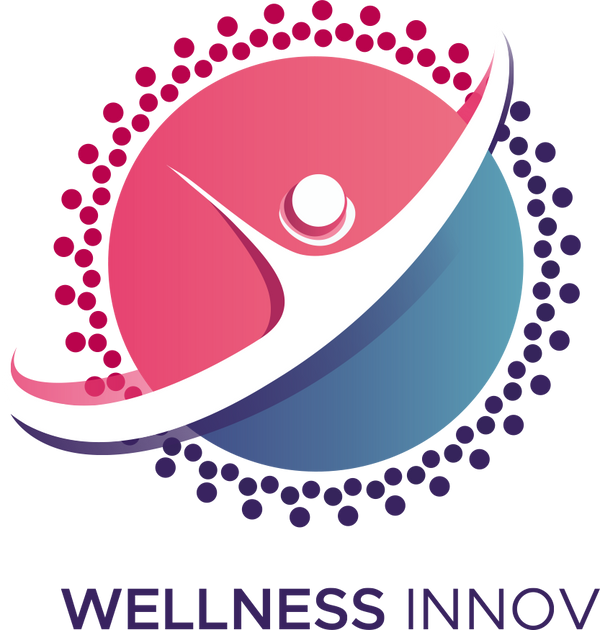Looking for a superfood that packs a punch? Look no further than watercress! This humble, peppery green is not only delicious but also loaded with nutrients. Whether you're adding it to soups, salads, or even making a vibrant pesto, this tiny green leaf is a game-changer for your health.
Watercress (Nasturtium officinale), a perennial aquatic plant from the Brassicaceae family, is native to Eurasia. This nutrient-packed green thrives in cool streams, growing submerged, floating on the water surface, or spreading across muddy banks. It is commonly cultivated in water tanks or moist soil to harvest tender shoots and its peppery-flavored leaves, which are rich in vitamin C. Watercress has garnered international acclaim, often praised by European and American countries for its high nutritional value and its role as a premium vegetable.

Watercress belongs to the Nasturtium genus in the Brassicaceae family. The “water” part of its name comes from its typical habitat beside streams, rivers, and springs. Known for its vigorous growth, watercress can easily spread along riverbanks, sometimes forming large patches in the wild. Its easy propagation has led it to be regarded as a weed in areas without a consumption habit. However, this vitality makes it an excellent addition to home gardens or farms. While widely grown and eaten in southern regions, it is less common in northern climates due to the dry, cold conditions that hinder its growth and storage. However, with the rise of greenhouse farming technologies, watercress cultivation is gradually expanding into northern areas.
In 2014, the Centers for Disease Control and Prevention (CDC) in the U.S. conducted a long-term evaluation to score the nutritional density of fruits and vegetables. The “Powerhouse Fruits and Vegetables” (PFVs) ranking, which scores foods based on the number of essential nutrients per 100 kcal, rated watercress with a perfect score of 100, placing it at the top. The higher the score, the more beneficial the food is in reducing chronic disease risk. Watercress excelled in this evaluation, solidifying its status as a top-tier vegetable.

A 2024 study published by the German "Heidelberg 24" website analyzed the nutritional content of 41 high-nutrient fruits and vegetables. The study evaluated 17 essential nutrients, such as vitamins A and B12, and compared them to the calorie content. Once again, watercress emerged as the champion, topping the overall nutrient ranking for fruits and vegetables.
What Makes Watercress So Nutrient-Rich?
1. Vitamin C
Watercress is an excellent source of vitamin C, with 52 mg per 100 grams of fresh weight. This is even higher than most citrus fruits. Vitamin C supports immune function, aids in wound healing, and provides antioxidant protection.
2. Vitamin A
Watercress is also rich in carotenoids, providing about 796 micrograms per 100 grams—more than twice the amount found in carrots. Carotenoids are converted into vitamin A in the body, which is essential for maintaining vision, skin health, and mucous membranes. Deficiency in vitamin A can lead to night blindness, dry skin, and other health issues.
3. Calcium
In addition to vitamins, watercress contains notable amounts of minerals, including calcium. Each 100 grams of watercress contains about 120 mg of calcium, which is comparable to the calcium content found in milk. Calcium is vital for bone and dental health and plays a crucial role in preventing osteoporosis, particularly in older adults.
Watercress also contains other minerals such as iron, zinc, and potassium, which are involved in various physiological activities and are crucial for maintaining normal body metabolism.
4. Antioxidants
Beyond common nutrients, watercress boasts impressive antioxidant properties. It is rich in antioxidants like vitamin C, carotenoids, flavonoids, phenolic acids, and polysaccharides. These compounds help protect cells from oxidative damage and support overall health.
Common Recipes For Watercress
1. Watercress Soup
A simple and nourishing soup made with fresh watercress, leeks, potatoes, and a touch of garlic. Blended until smooth, this soup offers a comforting and vitamin-rich meal.

2. Watercress Salad with Goat Cheese and Walnuts
A fresh, tangy salad featuring crisp watercress leaves, crumbled goat cheese, and crunchy walnuts, dressed in a light vinaigrette for a nutrient-dense, satisfying dish.
3. Watercress and Salmon Quiche
A savory quiche filled with watercress, smoked salmon, and eggs, making for a perfect brunch dish full of protein, healthy fats, and antioxidants.
4. Watercress Pesto
A vibrant and peppery twist on the classic pesto, blending watercress, garlic, Parmesan cheese, olive oil, and pine nuts. This pesto can be tossed with pasta, spread on sandwiches, or drizzled over roasted vegetables.

Conclusion
Watercress is not just a vegetable; it's a powerhouse of nutrients that can support immune function, improve eye health, and protect the body with its rich antioxidant content. Whether you enjoy it in soups, salads, or as a garnish, this humble green deserves its place as one of nature's most nutrient-dense foods. So, next time you're looking to boost your diet with something fresh and healthy, consider adding some watercress to your plate!

